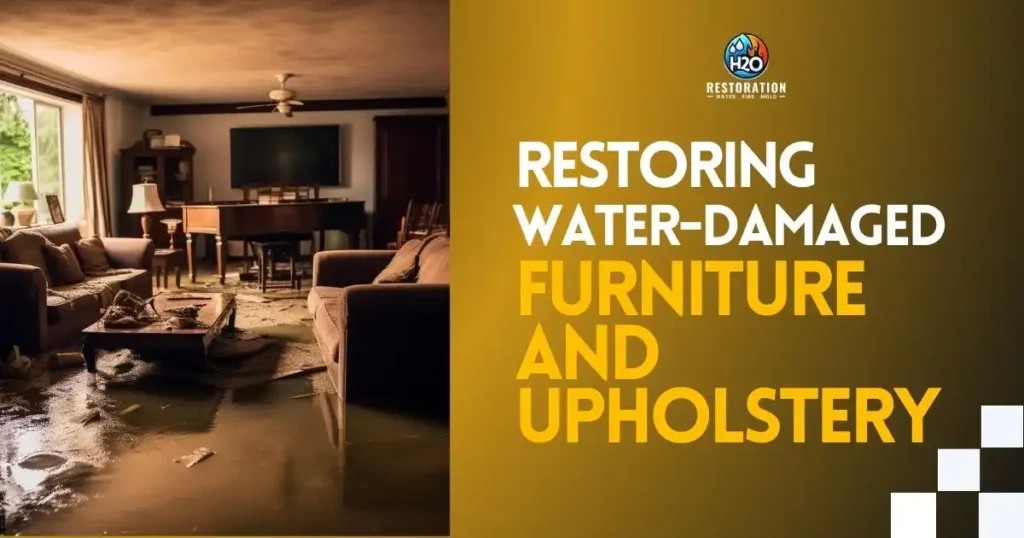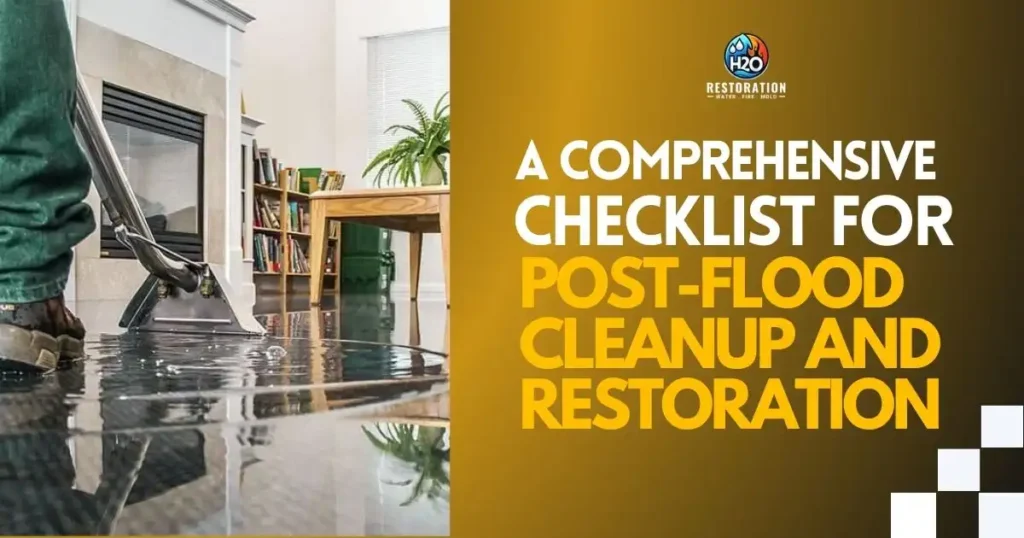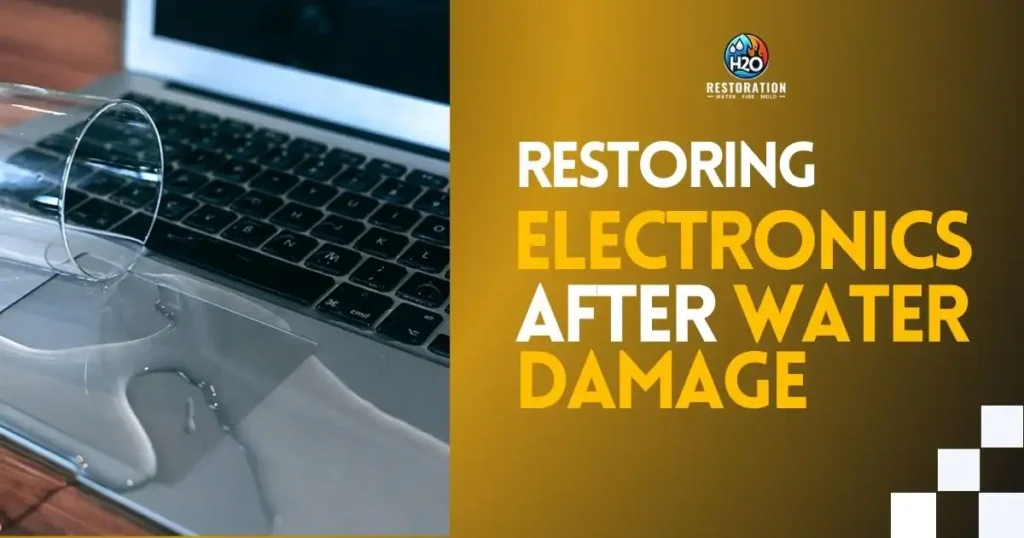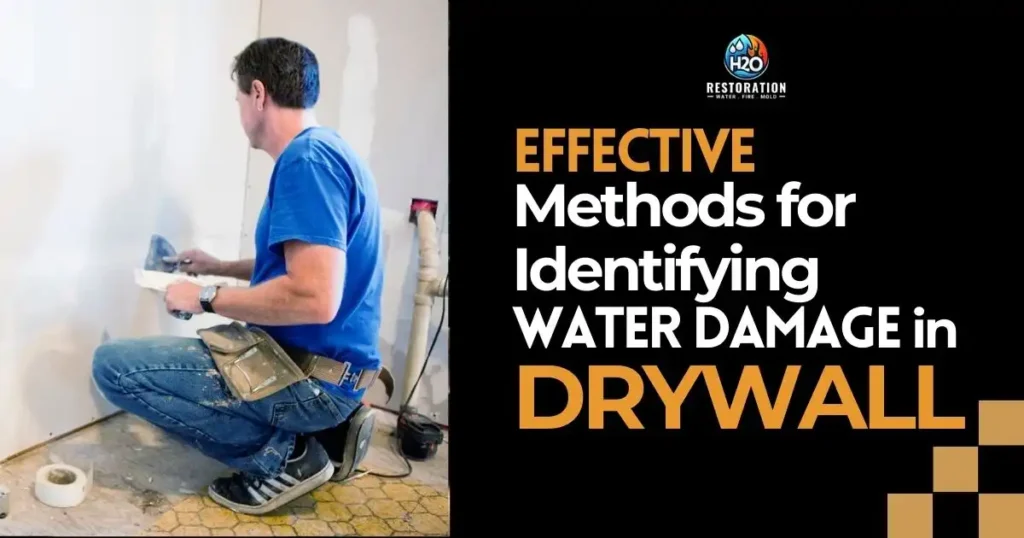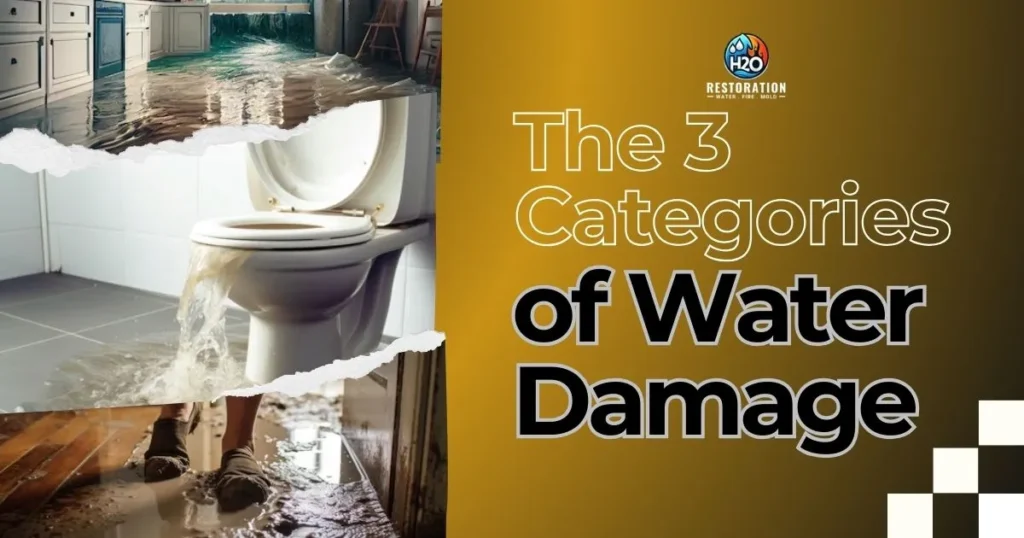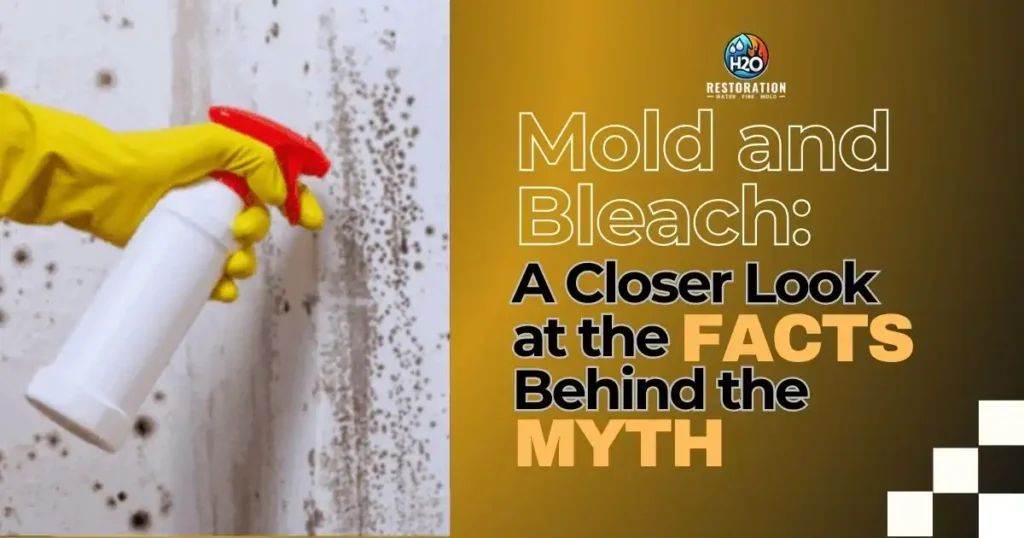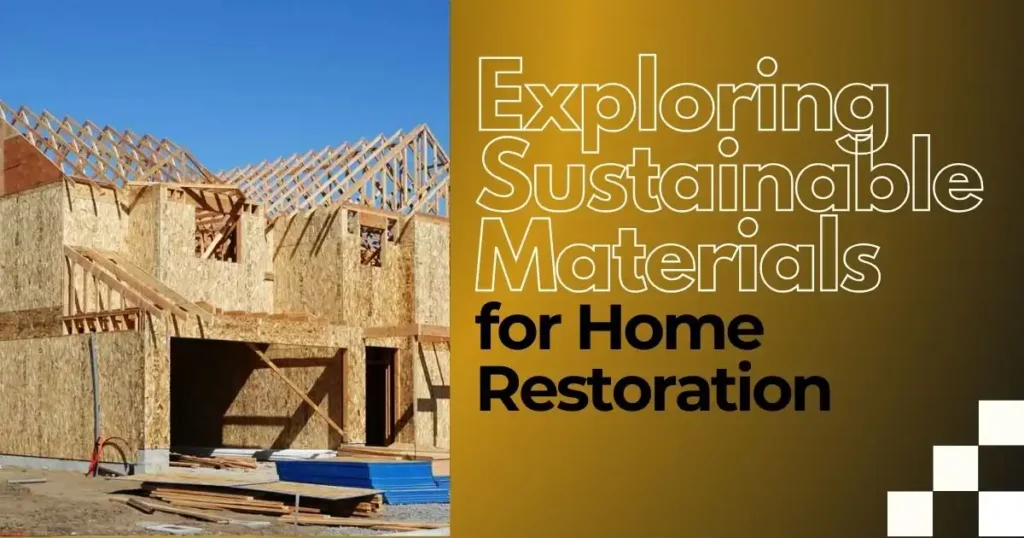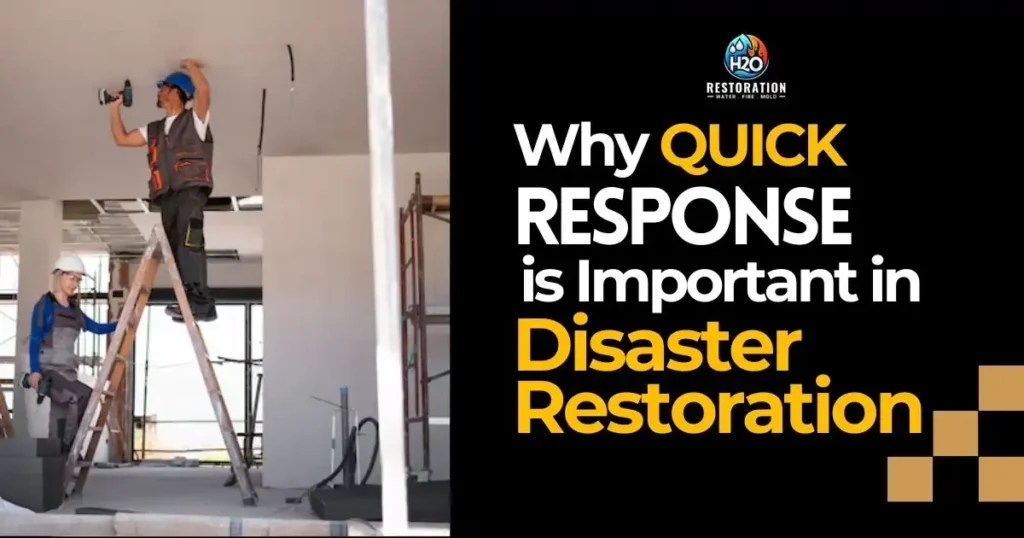Preventing Mold Growth After Water Damage
Water damage is a common issue, especially in older homes in damp areas like the Pacific Northwest. After a leak or flood, cleaning up water or excess moisture can be tough, and fixing the damage it causes can be frustrating. An undesirable consequence of water in homes is its potential to promote mold growth. Preventing mold growth in your home is like tending to a garden before weeds have a chance to take root. Just as diligent gardeners weed their plots regularly to stop unwanted growth, proactive homeowners take steps to prevent moisture buildup and address potential sources of mold before it becomes a problem. It’s far easier to maintain a healthy indoor environment by controlling humidity levels, fixing leaks promptly, and ensuring proper ventilation than it is to deal with the extensive remediation required once mold has taken hold. Just as pulling weeds early can save time and effort in the long run, preventing mold growth before it occurs can spare homeowners from the inconvenience, expense, and health risks associated with mold remediation. Here we provide you with preventive measures you could take to stop mold from growing in your home. What Exactly is Mold and How Does it Develop? Mold is a common concern due to its potential damage to surfaces and its impact on health. According to reports, approximately 70% of homes in the United States harbor some level of mold. But what exactly is mold, and how does it grow? Knowing this helps prevent its spread in your home, especially after water damage occurs. Mold begins as tiny spores, some of which are so minuscule they can travel through the air until they find a suitable environment. Moisture is a key factor in mold growth, making areas like bathrooms, windowsills, or areas with leaking roofs susceptible. Even minor condensation can foster mold growth, meaning significant water damage increases the likelihood of a mold problem. Addressing water damage or excess humidity promptly is essential. Mold allergies can trigger unpleasant symptoms in both adults and children, including sneezing, coughing, itching, runny nose, dry skin, sore throat, eye irritation, and headaches. By tackling moisture issues swiftly, you can mitigate the risk of mold growth and its associated health impacts. 6 Steps to Prevent Mold After Water Damage 1. Remove Excess Water After a flood or leak, your first task is to eliminate excess moisture to assess the damage and initiate drying procedures. Swift action minimizes the risk of mold proliferation. While using plastic buckets can be effective and budget-friendly, it’s labor-intensive. Alternatively, employing a wet-dry vacuum, available for purchase or rental at hardware stores, offers a more thorough and less strenuous approach. 2. Remove Damaged Flooring Damaged flooring, especially grooved surfaces like stone-tiled floors, must be removed promptly to prevent mold growth. Carpets are particularly prone to mold due to their warmth and moisture-retaining properties. In cases of minimal damage, drying solutions like baking soda or targeted cleaners may suffice. However, extensive damage often necessitates complete flooring removal. 3. Towel Dry Floors and Furniture Prioritize drying affected areas with towels and rags before taking further action. Absorbing excess moisture from floors and furniture allows for a more accurate assessment of damage and appropriate measures. Regularly wiping down moisture-prone surfaces, such as bathroom floors and window sills, aids in preventing mold growth. 4. Utilize Dehumidifiers Maintaining low relative humidity is needed for mold prevention, as mold thrives in warm, moist environments. The Environmental Protection Agency recommends keeping indoor humidity below 60%. Dehumidifiers extract moisture from the air, creating an inhospitable environment for mold. Employing strong fans can also aid in moisture reduction. 5. Disinfect Surfaces Following drying procedures, disinfect impacted surfaces to eradicate bacteria and prevent further deterioration. Consumer-grade disinfectants effectively eliminate bacteria, preventing mold proliferation. 6. Replace Damaged Items In cases where repair is not feasible, replacing water-damaged items is advisable, especially if structural integrity is compromised. Signs such as discoloration, musty odors, or texture alteration warrant replacement to mitigate mold risks. Though daunting, replacing severely damaged items preemptively saves both time and money in the long run, preventing mold-related complications. When Do You Need a Professional for Mold Cleanup? Deciding if you need a pro to clean up mold depends on a few things. If the moldy area is smaller than 10 square feet (like a patch less than 3 feet by 3 feet), you can handle it yourself by following cleanup tips. But if there’s been a lot of water damage or the mold covers more than 10 square feet, check out the EPA’s guide for big jobs. If you’re not sure how big the job is, it’s a good idea to talk to a mold cleanup company with experience. By taking proactive steps to dry out wet areas, remove damaged materials, and reduce moisture levels, you can prevent mold from spreading and causing further harm. Seeking assistance from professionals like H2O Restoration is important because they have the expertise and equipment to assess the extent of water damage, identify hidden moisture pockets, and implement effective mold prevention strategies. Their assistance ensures thorough and proper mitigation of water damage, minimizing the risk of mold growth and its associated consequences. Final Thoughts Preventing mold growth after water damage underscores the importance of swift and proactive measures in mitigating the risks associated with mold proliferation following water damage incidents. The significance of controlling moisture levels, addressing leaks promptly, and ensuring proper ventilation is to maintain a healthy indoor environment. Practical steps such as removing excess water, replacing damaged flooring, towel-drying surfaces, utilizing dehumidifiers, disinfecting impacted areas, and replacing irreparably damaged items can minimize the likelihood of mold growth, thereby avoiding the associated inconveniences, expenses, and health risks. FAQs How do you prevent mold growth after water damage? To prevent mold growth after water damage, it’s crucial to act quickly and effectively. Start by removing excess water using methods like mopping, blotting, or utilizing wet-dry vacuums. Ensure proper ventilation by opening windows and using fans. Thoroughly dry affected areas



